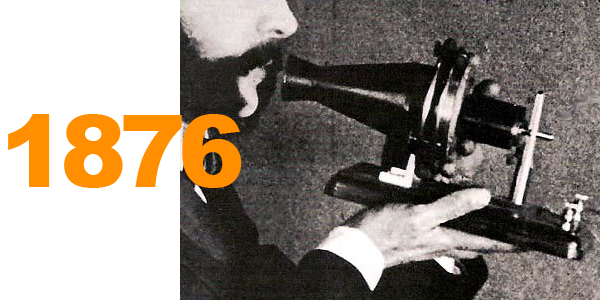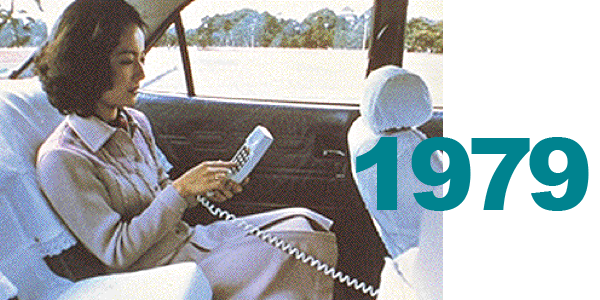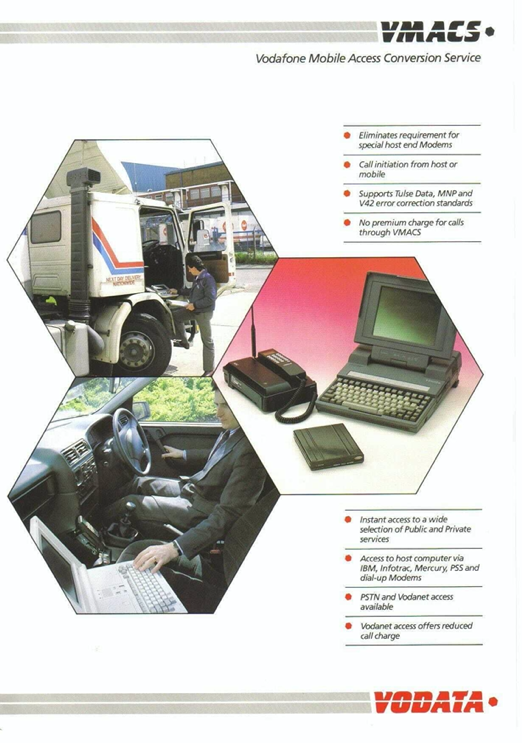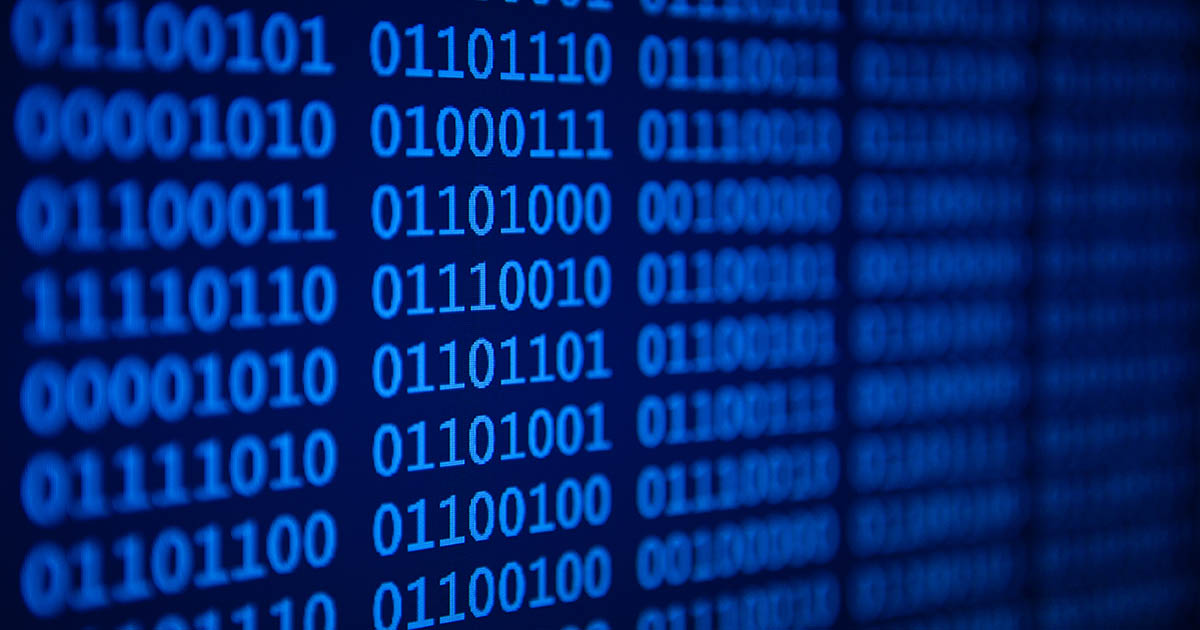The Evolution of mobile and its impact on the Internet of Things (Part 1)
Cutting the cord: the birth of mobile through to reaching adolescence with GPRS
In this article we will go through the story of mobile to date. It will look at each stage in terms of where the technology has come from, how it has been rolled out and some of the issues to consider for Internet of Things (IoT) applications.
We will go through,
- Cutting the cord: The birth of mobile
- 1G Early days: Learning to walk …and talk
- Growing Pains: The arrival of 2G
- Reaching Adolescence: GPRS, a key piece in the jigsaw
- Coming of Age: 3G makes mobile data mainstream
- Reaching Maturity: LTE delivers more capacity and capability
- Coming of Age: 5G delivering the promise
1. Cutting the cord: The birth of mobile


On the 11th December Douglas H Ring envisioned mobile phones in a paper for Bell Labs – Mobile Telephony – Wide Area Coverage .


The first nationwide commercial mobile service became available in Japan from NTT. Initially available in Tokyo it was made up of 88 cell sites, or mobile base stations. It covered all 23 Tokyo districts and was based on the use of car phones, not handhelds. The car phones could only be rented and required a $2000 deposit, with a monthly rental of $300.
From that point, Mobile services with ever-developing capability then rolled out globally …
2. 1G Early days: Learning to walk …and talk
How did we get to 1G?
What did 1G deliver?

What did 1G mean for IoT?
3. Growing Pains: The arrival of 2G
How did we get to 2G?

What did 2G deliver?
In 1986 the EU reserved the 900 MHz spectrum for the deployment of GSM networks, and on 1st July 1991 the first GSM call was made in Finland. At this stage the focus was still voice, it took until 1995 for commercial fax, data and SMS services to be launched. This was the same year GSM networks were also deployed in the US using 1900 Mhz – and 1800 Mhz, frequencies that were first used for GSM in the UK by Orange and One2One.
The choice of 800 Mhz, and latterly 900 Mhz to support GSM was significant. The propagation characteristics of these frequencies delivered the ability to provide broad geographic, and strong in-building broad coverage with minimal infrastructure. This meant mobile networks could be deployed quickly and provide good service indoors, where a lot of mobile calls are made. The combination of standards and spectrum delivered strong service levels, in turn driving strong uptake.
From a network providers perspective, large coverage footprints made it economically attractive to provide service in remote areas with low user density. The coverage, intrinsic support for data, and service resilience made GSM a natural choice for IoT, or Machine To Machine (M2M), as it was called at the time.
1995 also saw the launch of the GSM Association (GSMA) set up to specifically promote and develop mobile networking. In 1995 there were over 10m GSM users, by 1998 this had grown to over 100m, and in 2004 the GSMA estimated there were 1bn users globally. By 2011 GSMA have estimated that GSM technologies were providing service to 80% of the mobile market. This covered over 5bn people in 212 countries. Mobile was mainstream.
What did 2G mean for IoT?
The analogue to digital transformation was a key step. In the same way ISDN removed the need for squeaking modems to turn data into sound on analogue fixed networks, 2G/GSM did the same for mobile. Having removed the need to wait whilst the modems at each end of the connection sang at each other until they achieved harmony, it was still necessary to dial a connection. Dedicated modems were expensive, and so uptake was limited as well. Whilst going digital was a major step forward, it was not enough to take IoT mainstream. Removing the need to dial up the connection would be the breakthrough that kicked IoT into life.
4. Reaching Adolescence: GPRS, a key piece in the jigsaw
How did GPRS happen?

What did GPRS deliver?
What did GPRS mean for IoT?
The ability to run “always on” data networking was a major step forward for IoT. It meant you had a low-cost way to be in constant contact with remote devices and applications – a major step forward. Whereas GSM dial up data had run at 64Kbps the native circuit speed, GPRS enabled data to be sent at up to 144Kps – a major speed increase.
The ubiquity and capability of GPRS resulted in significant uptake for IoT and is rightly seen as a turning point. Low-cost modems and data transfer rates eminently suited to most IoT applications undoubtedly helped as well. The result is that even today when we have seen 3 further generations of mobile data networking 2G GPRS still has more live dedicated connections than any of them. It is also the network that they all still use as a safety net.
However, there were still three issues to consider:
- The remote device needs to set up the data session. A central server/computer connecting to the device via the Internet cannot set up the data session to the device – the device on the GPRS network has to do that. This can be an issue in setting up an IoT device up remotely, or if it has a temporary loss of mobile coverage. This has been overcome using SMS. SMS is also used to deliver firmware upgrades to the device.
- The data rate is not guaranteed – it is “best endeavours”. Whilst it was possible to achieve speeds of 144Kbps, this is dependent on the capacity and loading on the network. At times of high network loading it was possible that the data rate would be inconsistent and below a guaranteed 64Kbps that could be achieved using a circuit switched call. This could be an issue for critical applications in areas of dense usage – such as city centres. It could also be an issue for IoT applications supporting mission critical activities.
- 2G/GPRS has no error correction. In common with packet data on digital fixed networks, the assumption is that digital networking eliminates transmission errors. That means any transmission error checking has to be undertaken by the device receiving the data, and any re-sends necessary requested. Again, this could be an issue for IoT applications supporting mission critical applications.

